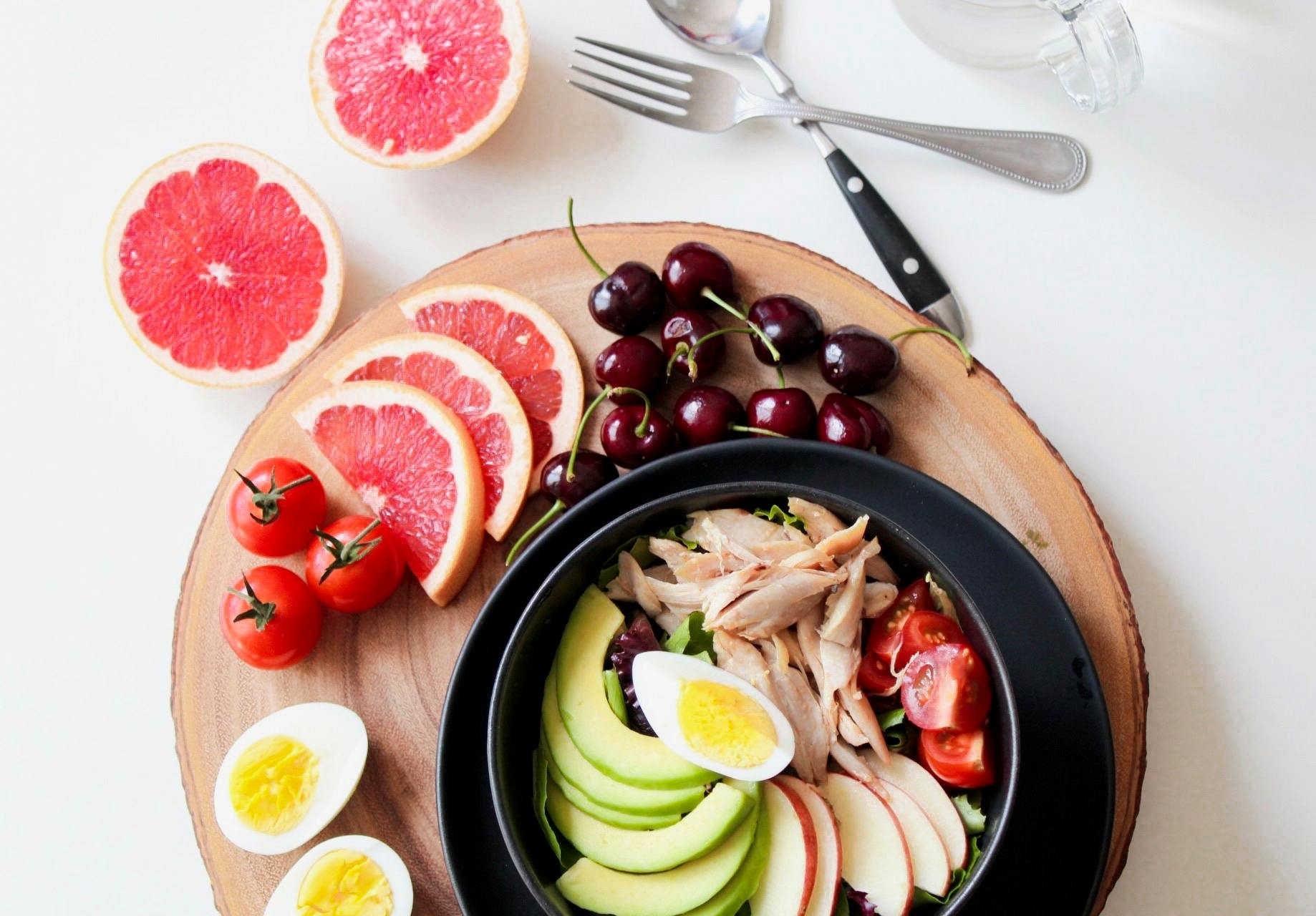If you’ve ever followed a trending skincare routine only to end up with breakouts, dryness, or irritation, you’re not alone. The truth is, beauty isn’t one-size-fits-all—especially when it comes to skincare. Your skin has unique needs, and understanding your skin type is the key to building a routine that actually works.
Whether you’re battling oily shine, struggling with dry patches, or managing sensitive flare-ups, your skincare products and habits should support—not sabotage—your complexion.
In this guide, we’ll break down how to identify your skin type and create a tailored routine that enhances your skin’s natural health and glow. Get ready to simplify your shelf and maximize your results.
Step 1: Identify Your Skin Type
Before building your beauty routine, you need to know your skin’s behavior. Here are the five main types:
1. Normal:
– Balanced oil production
– Few blemishes or sensitivities
– Smooth texture
2. Oily:
– Shiny or greasy, especially in the T-zone
– Enlarged pores
– Prone to blackheads and acne
3. Dry:
– Flaky or rough patches
– Tight or dull feeling
– May feel itchy or irritated
4. Combination:
– Oily in T-zone (forehead, nose, chin)
– Dry or normal on cheeks
– Needs targeted care in different areas
5. Sensitive:
– Easily irritated or red
– Reacts to new products
– May experience stinging, burning, or rashes
🔍 Quick Test: Wash your face with a gentle cleanser and wait 30 minutes without applying any products. Observe how your skin feels:
Shiny? Oily.
– Tight and dull? Dry.
– Shiny T-zone but dry cheeks? Combination.
– Red or irritated? Sensitive.
– Balanced? Normal.
Step 2: Build Your Basic Routine
Every effective routine—regardless of skin type—should include three core steps:
1. Cleanser
– Purpose: Removes dirt, oil, and makeup without stripping your skin.
– Oily/Acne-Prone: Use a foaming or gel cleanser with salicylic acid or tea tree oil.
– Dry/Sensitive: Choose a cream or milk cleanser with soothing ingredients like ceramides or aloe vera.
– Combination: Use a gentle foaming cleanser or double cleanse with micellar water and a gel-based wash.
2. Moisturizer
– Purpose: Locks in hydration and strengthens your skin barrier.
– Oily: Look for lightweight, oil-free gel moisturizers.
– Dry: Use rich creams with hyaluronic acid, shea butter, or squalane.
– Sensitive: Go for fragrance-free, minimal-ingredient moisturizers.
– Normal: A balanced lotion with SPF can do the job.
3. Sunscreen (AM only)
– Purpose: Shields against UV damage, aging, and skin cancer.
– Every skin type needs sunscreen daily, even on cloudy days.
– Choose broad-spectrum SPF 30+; mineral formulas work well for sensitive types.
🧠 Did You Know? According to the American Academy of Dermatology, 90% of visible skin aging is caused by sun exposure—yet many people skip sunscreen.
Step 3: Add Targeted Treatments (Optional)
Once your basics are set, you can add treatments to address specific concerns like acne, dark spots, or fine lines.
Exfoliants (2–3x/week):
– AHAs (glycolic/lactic acid): Great for dry or dull skin
– BHAs (salicylic acid): Ideal for oily or acne-prone skin
– PHAs: Gentler option for sensitive skin
Serums:
– Vitamin C: Brightens and boosts collagen (great for all types)
– Niacinamide: Reduces redness and controls oil (combo/oily/sensitive)
– Hyaluronic Acid: Deep hydration (especially for dry or aging skin)
– Retinol: Speeds up cell turnover, smooths lines (introduce slowly—can irritate)
Step 4: Match Your Routine to Your Lifestyle
Even the best products won’t help if your routine isn’t realistic. Ask yourself:
– How much time do I have? If you’re always in a rush, stick to basics.
– What’s my budget? Drugstore brands like CeraVe, The Ordinary, and e.l.f. offer great options.
– Am I consistent? You don’t need a 10-step routine—just one you’ll actually use.
Step 5: Watch How Your Skin Responds
Your skin may not react instantly, and that’s okay. Give products at least 2–4 weeks before judging results (except in cases of irritation or allergic reaction).
– Signs your routine is working:
– Fewer breakouts
– Smoother texture
– Less redness or irritation
– Consistent hydration throughout the day
Common Mistakes to Avoid
– Over-washing: Twice a day is enough. More can strip your skin.
– Mixing actives poorly: Don’t use vitamin C and retinol together if you’re new.
– Skipping sunscreen: Every. Single. Day.
– Switching products too fast: Be patient—consistency is key.
– Ignoring internal health: Diet, sleep, and stress also affect your skin.
💬 Expert Quote:
“Great skin isn’t about having the most expensive products—it’s about understanding what your skin needs and responding to it,” says Dr. Shereene Idriss, NYC-based dermatologist.
Conclusion: Customize, Don’t Complicate
Building a beauty routine that works for your skin type doesn’t have to be overwhelming. With a little knowledge and a lot of consistency, you can create a regimen that supports your skin’s health and glow—day after day.
Start simple. Focus on cleansing, moisturizing, and protecting. Then, add targeted treatments if and when your skin needs them. Most importantly, listen to your skin. It’s smarter than you think.
Your skin is unique—your routine should be too. 🌿



